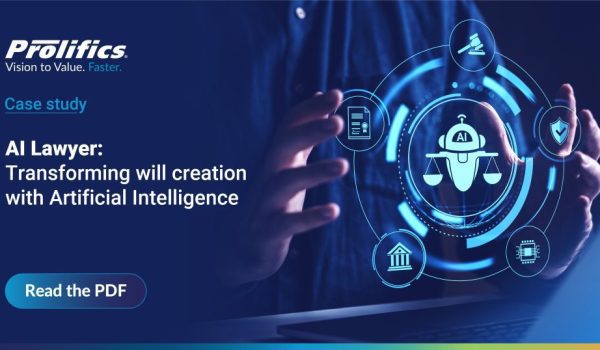As the battle against COVID-19 continues, big data analytics tools are stationed at the front lines. COVID-19 is the first truly global pandemic in over a century and with such widespread impact, the number of possible variables affecting the spread seems incomprehensible. Travel, climate, social norms, medical frameworks, hygiene rituals, genetic predisposition, are all understood to be contributing to the spread of the virus in some way. Countries and global health organisations are in a race against time to fight the virus- both by slowing it’s transmission rate, and developing a vaccine. Our greatest assets lie in AI and big data analytics tools, which sit at the core of worldwide efforts to understand and fight COVID-19.
COVID-19: A Big Data Issue with a Big Data Solution
The sheer number of variables affecting the spread of COVID-19 presents three main problems:
- How do we collect all of the data related to COVID-19?
- How do we manage the mountains of data related to COVID-19?
- How do we analyze the data to stop COVID-19?
Big data problems need big data solutions that pair the data with AI. Big data tools and AI analytics work together by volleying information back and forth. Big data gathers the information, hits it over to AI, which finds patterns and volleys that information back to big data, which then refines its search and returns the results to AI to keep the game going until you have a winning hit. When humans play the game, we are capable of lobbing maybe a few balls at a time back and forth. When AI plays, it’s a blur of countless balls flying back and forth on the court at once.
The critical serves of the game are data integration, data management, and data analytics.
Data Integration
Big data tools pull data from numerous sources to create a unified view. With the coronavirus, big data tools are used to pull data from the full gamut of sources, from social media for analyzing emotional health and social distancing adherence to medical databases for analyzing predispositions and possible cures. Data from seemingly unrelated sources is also pooled to consider the big picture and how one affects the other.
If you think of it as a business, it’s like gathering information on customers, manufacturers, suppliers, inventory, sales, etc. and putting them in the same system. So, you have all the information you could possibly need to track and solve specific problems in your business. This unified view opens the way to deriving meaningful insight, whether it be a business problem or a worldwide issue.
Data Management
Data management integrates the core information and insights across operational systems. With COVID-19, new insight can affect multiple efforts. For instance, insights on the airborne nature of the virus are fed into multiple systems to help determine the types of medical masks to be used, social distancing regulations, and so on. It’s the same concept as it is with a business, where a single insight can affect different departments in different ways.
Data Analytics
In the past, COVID-19 data would be too much information to process, but AI analytics makes it possible today—even on a global epidemic scale. AI and machine-learning analytic tools sift the mountain of information until it’s a manageable molehill. The more data that is analyzed, the more patterns and commonalities can be uncovered, and the more future searches and strategies are refined. Essentially, the big data contains the answer, but it still needs to be found; analytics is what finds the answer by asking specific questions.
Big data and machine learning tools primarily used for business up to this point are now being applied to the COVID-19 problem. Questions like “What is the likelihood customers will buy based on past purchases” are being reframed as “What is the likelihood people will succumb to COVID-19 based on past medical history.” AI/ML systems used for inventory management are the same systems being used to manage face shields, gloves, food supplies, etc.
Big Data, COVID-19, and the Future
What’s interesting is the technology needed to gain a competitive advantage on COVID-19 was already readily available, but not widely used. Big data, machine learning and analytics tools have untapped potential that the world has been surprisingly slow to embrace. The leaders in the corporate world, such as Amazon and Sprint, have embraced the technology yet smaller businesses and government organizations have only been eyeing it at a safe distance. Until now.
Like every problem, COVID-19 has a silver lining that is changing how information is used within and between businesses and organizations. COVID-19 has essentially unleashed the digital transformation that has been kept in the shadows for too long. So, while many people speak of how social cultures may never be the same after the pandemic, it is certain the digital culture will never be the same. And thankfully, it will be a change for the better.
Prolifics has significant experience in assisting businesses to understand, model and validate their data, turning it into valuable (and actionable) business insights. Click here for more information on the Data and Analytics managed service offering.








